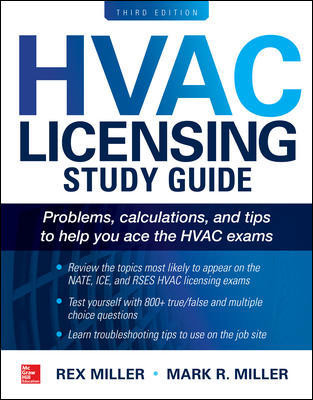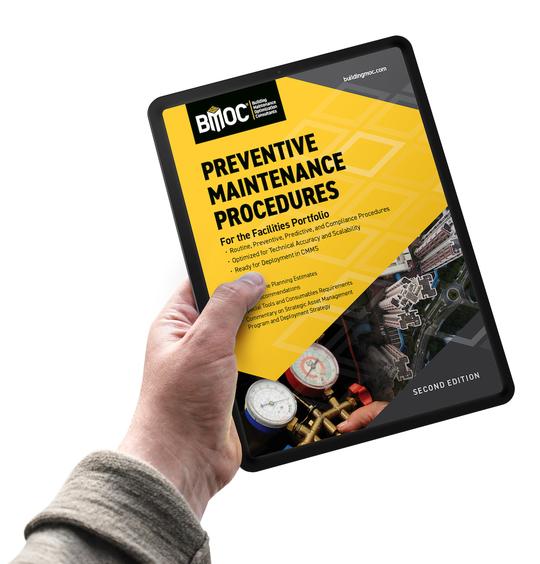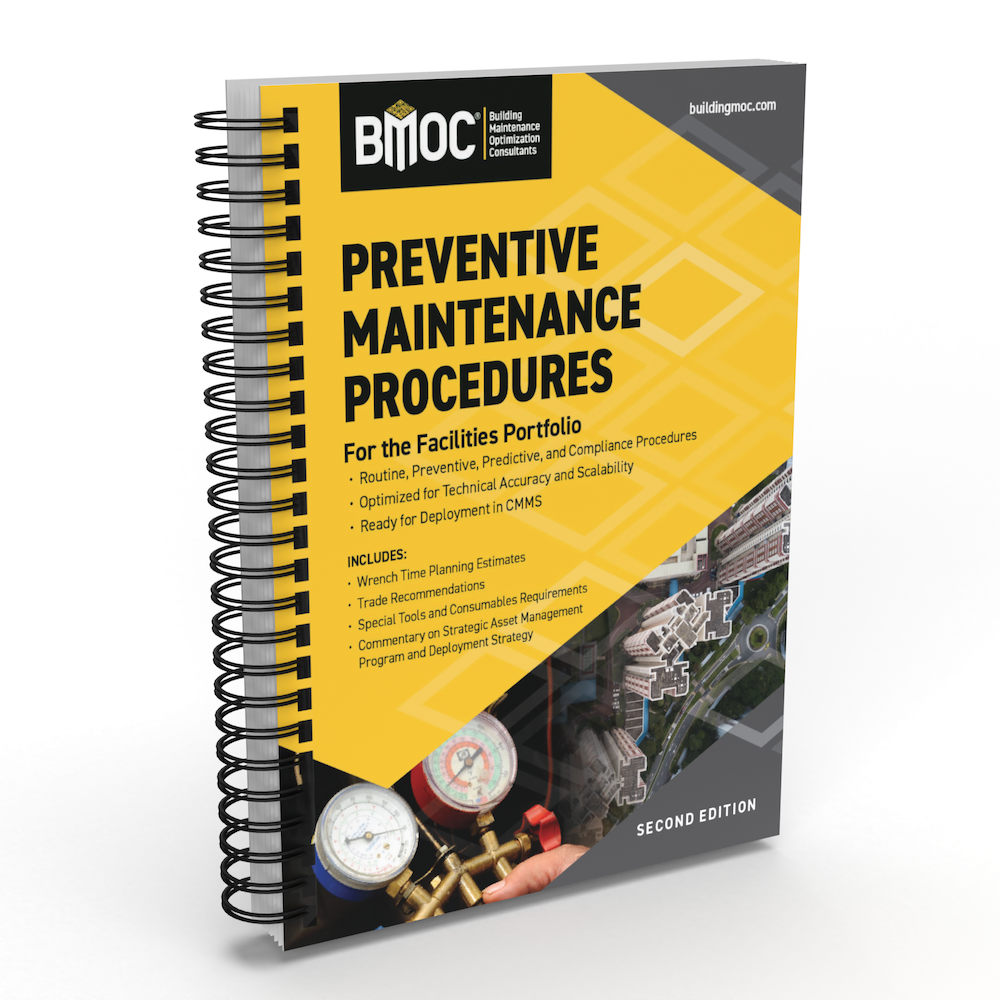
Torque Requires Voltage
The most common means of reducing starting current is reducing motor terminal voltage during acceleration. Because a motor is a constant impedance under locked rotor conditions, there is an approximately linear relationship between terminal voltage and locked rotor current. Unfortunately, under locked rotor conditions, motor torque varies with the square of the terminal voltage. At 50% voltage, we obtain a 50% current reduction, but at the cost of a 75% torque reduction.
The extent to which reduced starting torque is acceptable depends on the inertia and speed-torque characteristic of the load. Successful starting requires the motor to produce torque in excess of the load requirement by a large enough margin to reach rated speed in an acceptable time. If acceleration takes too long, or motor torque drops too close to load torque during acceleration, the motor may be thermally damaged, or tripped by overload protection.
Reduced-voltage Methods
Traditional reduced-voltage starting methods are based on inserting devices into the circuit to reduce terminal voltage (reactor and autotransformer starters) or changing the connections of the windings between the acceleration and running periods (wye-delta and part winding starters). Solid-state starters use electronics to vary terminal voltage. While the linear and quadratic relationships for current and torque remain valid at the motor windings, different starting methods can provide other relationships between line current (current into the starter) and motor torque. Table 1 provides a comparison of reduced voltage starting methods.Advantages of the solid-state starter including low cost, compact size, and incorporation of advanced motor protection features have made it the method of choice for most reduced-voltage starting applications today.
By gradually ramping voltage, solid-state starters can limit line current to lower values than any of the competing starting methods. However, because they simply reduce the effective voltage, the motor torque is still reduced as the square of the line current reduction and, for many loads, achieving adequate starting torque with a solid-state starter results in line current as high as other methods. Loads with high inertia or starting torque may require methods such as autotransformer or wye-delta that more effectively preserve motor torque.
Other Methods
The ultimate motor starter is the variable-frequency drive (vfd). Because a vfd ramps the frequency along with the voltage to maintain a constant ratio of volts per hertz, motor torque is maintained at reduced voltage, and vfd's designed for this operation can deliver rated torque at rated current over a range from 10 to 60 Hz. By increasing the volts per hertz ratio (boost) during starting, a vfd can provide starting torque in excess of rated within the limits of its short-time current capability. Cost and operating losses due to drive efficiency generally preclude use of vfd's strictly for starting duty, but they may be considered for demanding applications.
Capacitor starting involves switching a large capacitance in parallel with the motor during acceleration. The effect is power factor correction on a grand scale; the capacitance supplies the reactive current requirement, leaving only the current associated with the actual shaft horsepower and losses supplied by the line. A speed switch or current sensor is used to disconnect the capacitance in steps as the motor reaches rated speed. The switching equipment makes this a costly method limited to very large motors or motors that cannot accept any reduction of terminal voltage.



